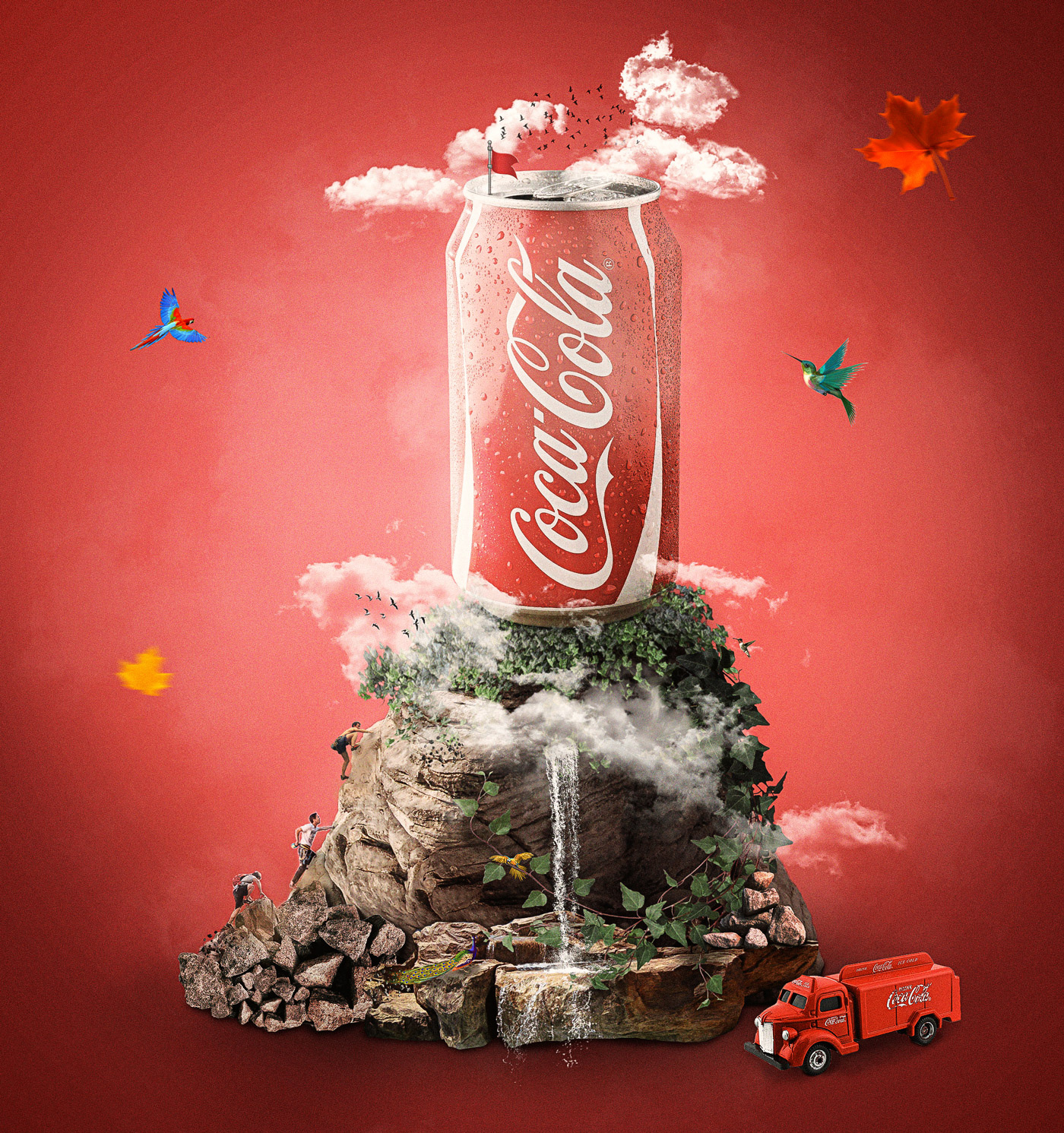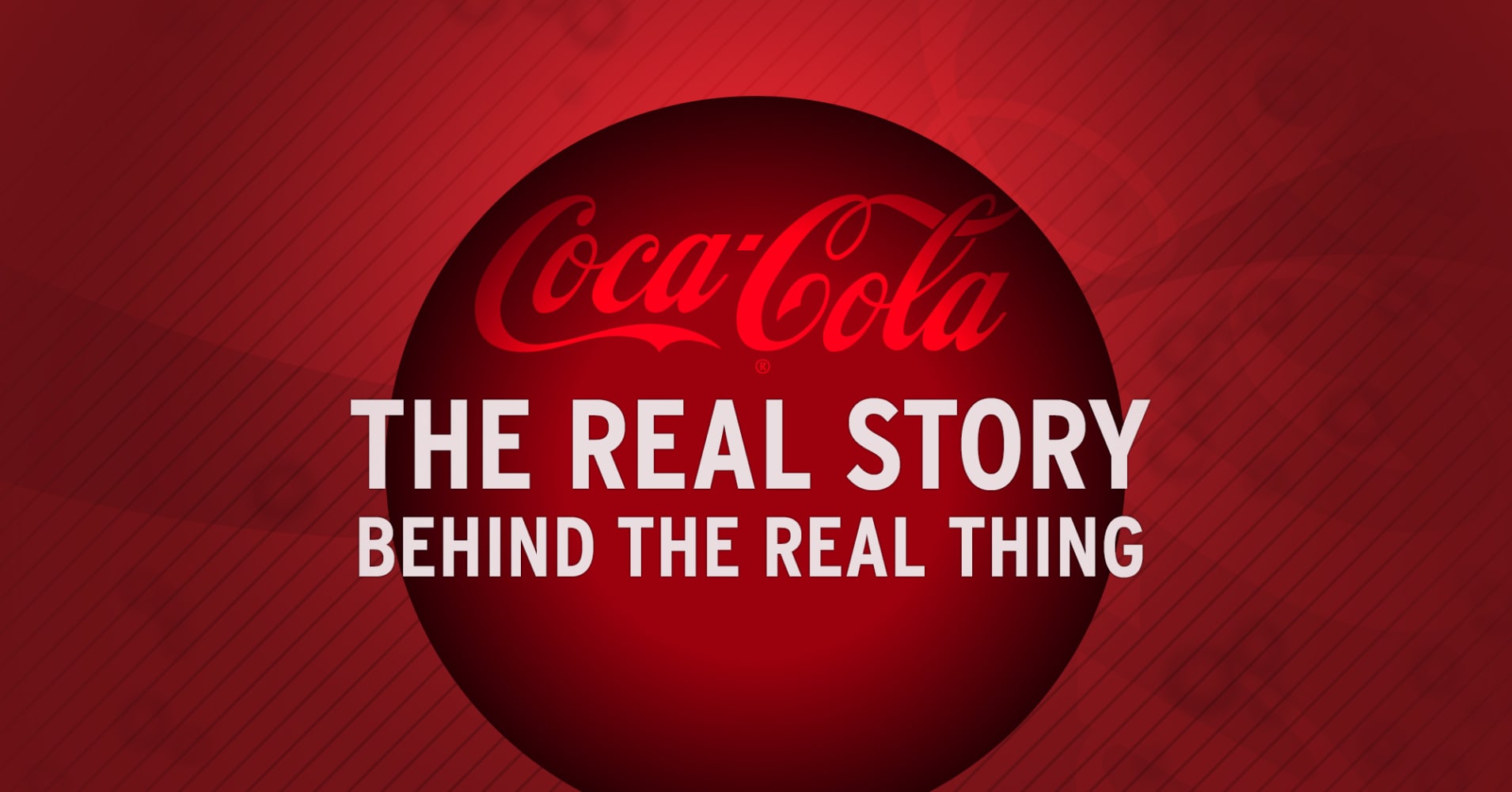Coca-Cola, one of the most recognized brands in the world, has an intriguing story behind its production process. From the sourcing of ingredients to the bottling and distribution, every step is crafted with precision and care. The company's commitment to quality and consistency is what has made Coca-Cola a household name for over a century. In this overview, we’ll take a deeper dive into how your favorite fizzy drink travels from the factory to your glass, exploring the intricacies of its production and what makes it so unique.
The Ingredients of Coca-Cola

The magic of Coca-Cola starts with its unique blend of ingredients, each carefully selected to create that classic flavor we all love. Let's break down these ingredients:
- Carbonated Water: The primary ingredient, carbonated water provides the refreshing fizz that is characteristic of Coke. It’s infused with carbon dioxide under pressure, resulting in those delightful bubbles.
- High Fructose Corn Syrup (HFCS): For sweetening, Coca-Cola uses HFCS, which is derived from corn syrup. This not only enhances the flavor but also adds to the beverage's smooth texture.
- Caramel Color: This ingredient gives Coca-Cola its iconic dark hue. It’s made by heating sugar and is key to creating that familiar visual appeal.
- Phosphoric Acid: Adding a bit of tang, phosphoric acid balances the sweetness and contributes to the refreshing taste of the drink.
- Caffeine: A stimulant, caffeine is included for that extra kick. Some people love it for the alertness it provides, making it a popular pick-me-up.
- Natural Flavors: Coca-Cola’s secret weapon, the "natural flavors" are a closely guarded secret, contributing to the beverage's distinctive and complex taste.
In summary, the combination of these ingredients creates the unique flavor profile of Coca-Cola, making it an essential part of so many people's lives. Understanding these components gives you a glimpse into the thought and care that goes into every sip of this beloved drink!
Also Read This: How to Apply Pancake Makeup for a Flawless Finish on Dailymotion
The Manufacturing Process Explained

When you crack open a cold Coca-Cola, have you ever wondered what goes into creating that iconic refreshment? The manufacturing process of Coca-Cola is nothing short of fascinating! Let's break it down step by step to understand how those bubbles make their way into your can.
First off, it all starts with *the right ingredients. Coca-Cola uses a blend of carbonated water, high fructose corn syrup or sucrose, caramel color, phosphoric acid, natural flavors, caffeine, and citric acid. Each ingredient plays a crucial role in delivering that familiar taste we all love.
Next comes the mixing process. The ingredients are combined in large mixing tanks where precise measurements are taken to ensure consistency in flavor. This is done under strict supervision to maintain Coca-Cola’s renowned recipe integrity.
Once mixed, the liquid undergoes carbonation. This involves infusing the beverage with carbon dioxide, lending that refreshing fizz. It’s a delicate process, where pressure and temperature are meticulously controlled to achieve the perfect level of carbonation.
After carbonation, the drink is ready for bottling. The Coca-Cola is filled into bottles or cans at high-speed bottling lines, ensuring they are sealed tightly to prevent contamination. This stage is crucial as it also involves sterilizing the containers to keep the final product safe for consumption.
Finally, the packaged Coca-Cola products are shipped out to stores and vending machines, ready for you to enjoy. Isn’t it amazing how a simple drink involves such a detailed and systematic approach? Every sip is a result of immense effort and precision!
Also Read This: How to Watch Dailymotion on Xbox One
Quality Control Measures in Coca-Cola Production
Quality is paramount when it comes to Coca-Cola. To maintain the consistent taste and quality that consumers expect worldwide, the company has implemented rigorous quality control measures throughout the production process.
Coca-Cola employs multiple quality checkpoints* at every stage of production. Here's how it works:
- Ingredient Testing: Before any ingredient is used, it undergoes extensive testing for purity and quality. Each supplier must meet stringent guidelines.
- Regular Machinery Calibration: The equipment used in manufacturing is regularly calibrated. This ensures the mixing, carbonation, and filling processes are precise.
- Batch Sampling: Samples from each batch are taken and subjected to a series of tests, including taste tests, to guarantee consistency in flavor and safety.
- Microbiological Testing: Quality control teams routinely test for microbial contaminants in both the product and the production environment.
- Final Product Inspection: After packaging, every can and bottle is visually checked for flaws in filling, sealing, and labeling.
Moreover, Coca-Cola follows industry-standard audits and employs third-party inspection agencies to ensure adherence to international safety and quality guidelines.
In conclusion, Coca-Cola’s commitment to quality ensures that every pour delivers that refreshing taste and dependable experience we all love. Next time you sip on your favorite cola, remember there's a world of quality control working behind the scenes to deliver that perfect drink!
Also Read This: How to Block YouTube Ads Using Reddit Approved Methods
The Role of Packaging in Coca-Cola Distribution
When we think about Coca-Cola, we often focus on the refreshing taste or iconic branding. However, the packaging plays a pivotal role in ensuring that the beverage reaches consumers in perfect condition. Let's dive into the essential aspects of how packaging contributes to Coca-Cola’s distribution.
First and foremost, packaging protects the product. Here are some key functions it serves:
- Preservation: The packaging helps retain the carbonation and freshness of the beverage. This ensures that every sip is as refreshing as the first.
- Hygiene: Proper packaging prevents contamination and maintains hygiene during transportation and storage.
- Brand Recognition: Coca-Cola’s distinctive branding stands out, making it easy for fans to spot their favorite drink, even from a distance.
The materials used in Coca-Cola’s packaging are also important. They utilize a mix of:
| Type of Packaging | Material |
|---|---|
| Bottles | Glass, PET Plastic |
| Cans | Aluminum |
| Cartons | Cardboard |
Each material serves different markets and consumer preferences. Availability of various bottle and can sizes helps cater to varying needs, such as on-the-go consumption or family gatherings.
In summary, packaging is not just about holding the beverage; it is integral to the brand's identity and vital for successful distribution.
Also Read This: Does Dailymotion Offer HD Streaming for All Videos
Environmental Considerations in Coca-Cola Production
In today’s world, where sustainability is more critical than ever, Coca-Cola acknowledges its responsibility towards the environment. The production process naturally impacts various aspects of the ecosystem, and the company has made strides to address these challenges. Let’s explore some of these environmental considerations.
One area of focus is water usage. Water is essential, not only for producing Coca-Cola beverages but also for the communities in which they operate. The company aims to:
- Achieve water neutrality: Coca-Cola plans to return to nature an amount equal to what it uses in its products and operations.
- Enhance water efficiency: Improving processes can significantly reduce water consumption during the manufacturing process.
Next up is the issue of carbon emissions. Coca-Cola is actively working on:
- Using renewable energy: They are transitioning towards renewable energy sources in their production plants.
- Implementing energy-efficient technologies: This cuts down on the amount of energy required to produce each bottle of soda.
Then we have packaging and waste management. Coca-Cola is committed to:
- Recycling: They encourage recycling initiatives and have set targets to use more recycled materials in their packaging.
- Reducing plastic waste: The company aims to reduce its use of virgin plastic and increase the usage of biodegradable or compostable materials.
In conclusion, Coca-Cola's approach to production reflects its growing commitment to environmental stewardship. As they continue to innovate, their efforts highlight the importance of sustainability within the beverage industry.
Also Read This: How to Make Cake Videos on Dailymotion for Fun Baking Tutorials
How Coca-Cola Is Produced - A Dailymotion Documentary Overview
Coca-Cola, one of the world's most recognized beverages, has a fascinating production process that embodies both science and tradition. The Dailymotion documentary delves into the intricate steps involved in creating this iconic drink, ensuring quality and consistency in every bottle.
The production of Coca-Cola can be broken down into several key phases:
- Ingredient Sourcing: The first step involves sourcing the high-quality ingredients that make up Coca-Cola. These include:
- Carbonated water
- Sugar or high-fructose corn syrup
- Natural flavors
- Caffeine
- Coloring agents, such as caramel color
- Formula Mixing: The secret Coca-Cola formula is mixed precisely, ensuring every batch has the same flavor profile. This process is closely guarded and managed under strict supervision.
- Carbonation: Carbonated water is merged with the syrup mixture, creating the bubbly sensation that Coca-Cola is famous for.
- Bottling: The beverage is then bottled using automated systems, which fill and seal bottles to maintain freshness and prevent contamination.
- Quality Control: Throughout the production process, extensive quality checks are performed to ensure adherence to Coca-Cola's high standards.
- Distribution: Finally, the finished products are packaged and distributed to retailers worldwide, making them accessible to consumers.
This documentary not only highlights the meticulous production process but also emphasizes the company's commitment to sustainability and innovation in manufacturing. Understanding how Coca-Cola is produced can enhance one’s appreciation for this globally beloved drink.
Conclusion and Key Takeaways
In conclusion, the Dailymotion documentary on Coca-Cola's production offers a comprehensive look into the elaborate processes that uphold the brand's legacy. From sourcing ingredients to quality control and distribution, every step is essential in crafting the iconic beverage enjoyed by millions around the world.
 admin
admin








